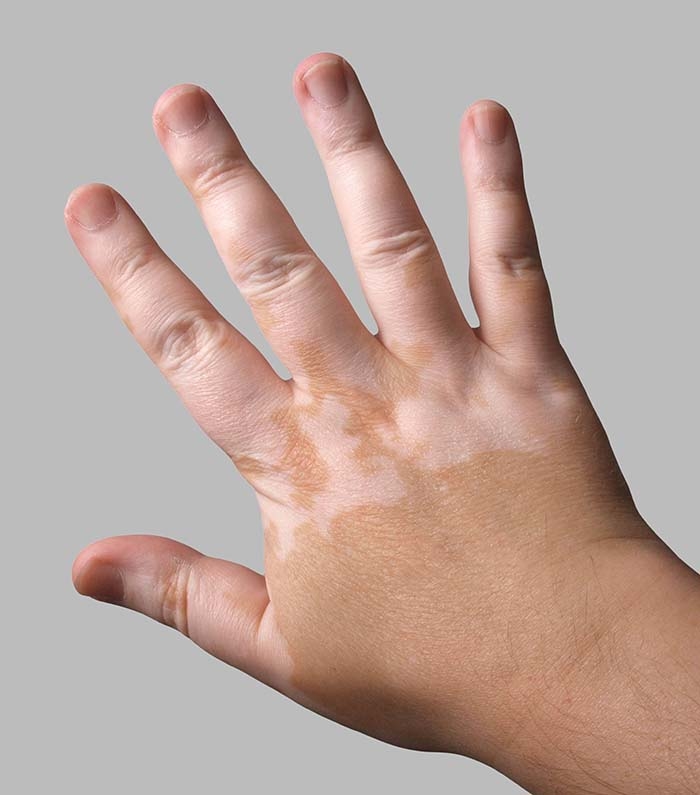Vitiligo (Leucoderma)
Vitiligo (Leucoderma)
Book Now
Vitiligo (Leucoderma)
What is Vitiligo?
Vitiligo is a skin condition characterized by the loss of pigmentation, resulting in white patches on the skin. The exact cause of vitiligo is unknown. It most commonly affects areas like the face, lips, hands, arms, legs, and genital areas, but any part of the body can be involved. It affects approximately 1% of the global population and can occur equally in both men and women, across all races.
Who Can Get Vitiligo?
Vitiligo can occur at any age, from infancy to old age.
Is Vitiligo Contagious?
No, vitiligo is not contagious.
What Causes Vitiligo?
Melanin is the pigment that determines the color of the skin, hair, and eyes, and it is produced by cells called melanocytes. If these cells are destroyed or unable to produce melanin, the skin becomes lighter in color.
How Does Vitiligo Develop?
In vitiligo, the body creates autoantibodies against its own melanocytes, damaging them. Other autoimmune diseases may also develop alongside vitiligo.
How is Vitiligo Diagnosed?
White patches on the skin can be seen in conditions other than vitiligo, so a dermatology specialist must conduct a differential diagnosis to confirm vitiligo.
Is There a Cure for Vitiligo?
Vitiligo is treatable, but since the exact cause is unknown, treatment results can vary from person to person.
What Should Be Considered in Vitiligo?
The most important consideration for vitiligo patients is sun protection. People with vitiligo have increased sensitivity to sunlight, which can worsen the condition.
Treatment of Vitiligo:
-
Corticosteroid Creams: These creams, which are applied based on the patient's age and the affected areas, are most effective in the early stages of vitiligo. However, prolonged use without dermatological supervision can lead to side effects such as thinning of the skin, visible blood vessels, acne, and increased hair growth.
-
Tacrolimus and Pimecrolimus Creams: These creams may also be used in the treatment of vitiligo.
-
Phototherapy (Light Therapy): This treatment uses ultraviolet light with different wavelengths to treat vitiligo.
-
Sun Protection: The white patches of skin in vitiligo are more prone to sunburn, so it is important to regularly use sunscreen with at least SPF 30 or higher to protect these areas.
Make an Appointment
The best way to enjoy a treatment at our salon is to book an appointment with the desired esthetician. Fill in the form below and we will contact you to discuss your appointment.